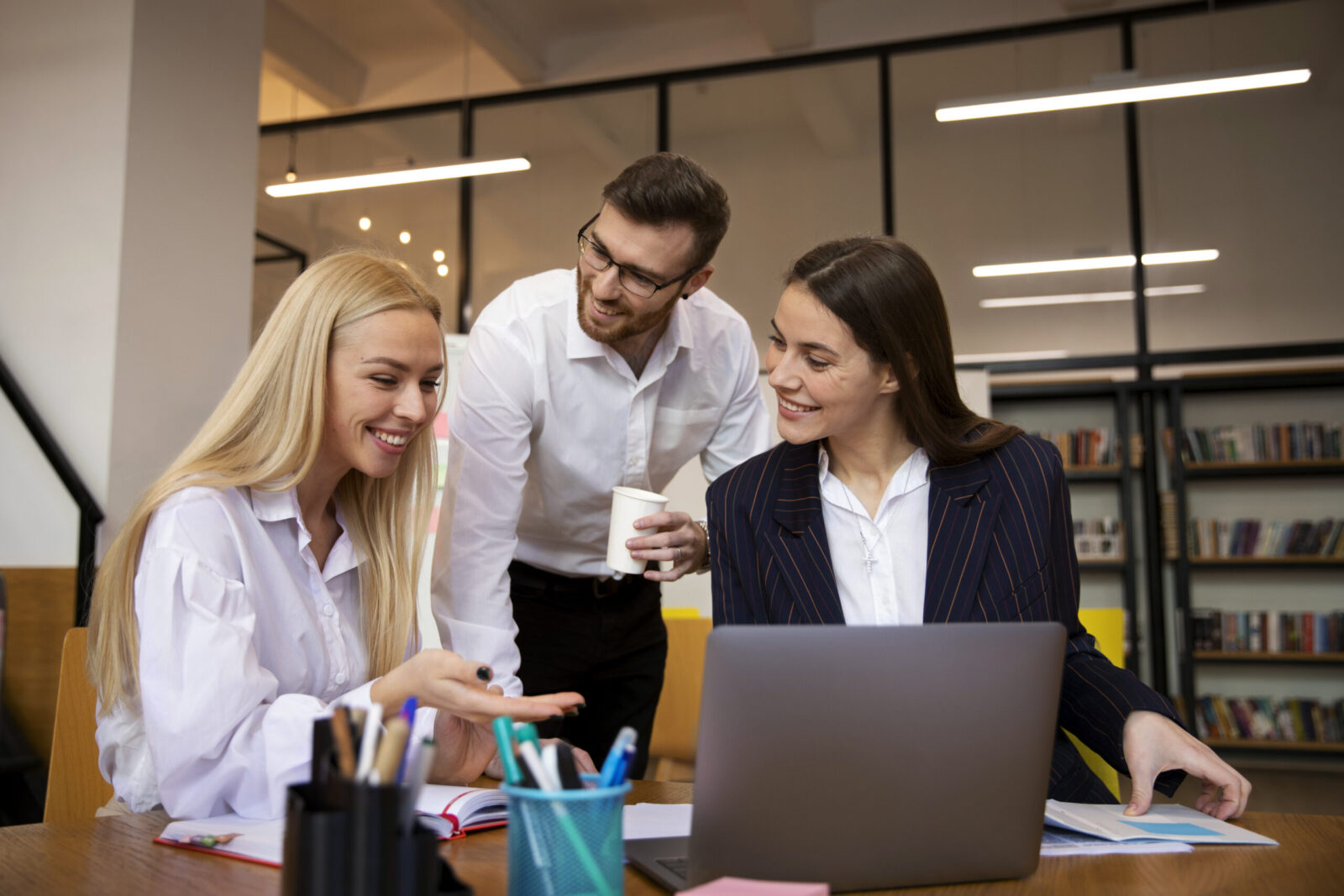
8 Steps to Streamline Your RFP Process
Introduction The Request for Proposal (RFP) process, often viewed as cumbersome and time-consuming, remains a crucial tool in sourcing goods...

Get 20€ off on your first order!
You know benchmarking and price tracking are crucial to procurement success. These activities provide the greatest data for determining fair pricing on products and services.
How can you ensure your procurement budget is constant and on target as pricing structures and market conditions change? How should these measures measure procurement success?
Most financial teams use PPV to answer questions. Despite its simplicity, it can affect your procurement team’s performance.
See what PPV is and how it might save money, including:
Understanding the relevance and limitations of PPV indicators can enhance cost outcomes for every purchase while keeping statistics in context.
The difference between the baseline price (standard cost) and the actual price of an item or service is called purchase price variance (PPV). PPV can be positive or negative and tracked monthly, quarterly, or annually. It is usually stated as total procurement spend.
Purchase price variance helps explain pricing changes for goods and services. When used properly, it shows how well the procurement group meets cost savings goals.
Negotiating new purchases begins with knowing the normal pricing for goods and services. Procurement teams often evaluate proposals using established pricing or benchmarks.
Knowing the difference in goods and services prices helps evaluate cost-cutting measures. PPV shows procurement success in the correct context.
Remember that adverse variance doesn’t always signal procurement strategy concerns. Data must be contextualized to understand internal and external variance reasons. Market forces like supply chain delays might affect pricing. External market factors may prevent price negotiations to meet the last purchase price (LPP).
Using PPV alone to measure cost efficiency may ignore other procurement strategy components, distorting the procurement team’s value.
Procurement may spend now to avoid higher expenses later. Fleet vehicle servicing contracts may cost more upfront to avoid higher maintenance costs.
Some solutions may lower PPV but increase long-term costs. Considering these impacts clarifies a procurement strategy’s effectiveness.
Purchase price variance for commodities is easy to calculate. Formula for PPV:
PPV = (actual price – standard price) x quantity.
Two instances of PPV in practice:
IT must upgrade numerous team members’ laptops. With a volume discount, the department buys 10 new laptops from a preferred vendor network supplier for $1,000 each.
Baseline cost: $1,200 x 10 units = $12,000.
Real cost: $1,000 x 10 pieces = $10,000
Purchase PPV is $2,000 for 10 units, a positive variation.
Product manufacturing requires a specific sensor. Chip demand has raised the price 50% from $1 per unit.
Cost baseline: $100/100 units.
Actual cost: $150/100 units
The buying PPV causes a $50 variance for 100 units.
Buyers often experience price variation. Several factors cause it.
Common price purchase variance-boosting factors:
Successful negotiating: Successful negotiating with your purchasing team and suppliers can boost PPV. Though only one part of a contract, cost reductions are frequently the most obvious and crucial to a successful negotiation. In circumstances where price is not the only factor, negotiating delivery speed or contract length may lower PPV but increase cost efficiency.
Strategic sourcing: Proactive supplier management drives cost savings. Streamlining your supplier list improves product and material prices by consolidating ordering. When ordering from fewer vendors, Order.co volume increases, improving pricing.
Multi-year pricing: Multi-year contracts for high-volume items lower unit prices and prevent inflation and material price rises. Accurate capacity planning and forecasts ease multi-year deals.
The following characteristics often reduce price buying variance:
Maverick spend: One of the greatest causes of purchase price difference in a business is maverick spending. Stakeholders must find their own items and supplies when finance and procurement lack spending restrictions. This means buying the most readily available goods, which is usually the fastest delivery but not the cheapest.
Material price increases (inflation): As said, procurement cannot control all pricing factors, including material price rises (inflation). When raw material or component prices rise, purchase price discrepancies follow. Strong supplier connections and volume discounts can mitigate rising commodity prices.
Product quality: Quality improvements may alter PPV numbers. In our earlier example, upgrading laptop components improves quality. However, the enhancement may raise prices. Attention to product features and nuances can help procurement teams choose similar products year after year.
Loss of volume pricing: Supplier programs or discount tier qualifications might cause price variations. Strong negotiating may reduce price changes through supplier-side discounts as license volume increases.
Organizational cost efficiency can be improved beyond race-to-the-bottom prices. To optimize spend, firms must balance cost savings and value development.
The best techniques to boost PPV metrics and results are:
Improve planning and budgeting: Accurate budgets and preemptive planning are your best friends for increasing PPV metrics. With capacity planning and a well-aligned interdepartmental procurement strategy, teams may avoid many price-raising challenges.
Logistics matter: Shipping and warehousing charges influence the entire cost of each item. Preparing for shipping concerns might lower purchase price and PPV.
Conduct spend analysis: Spend analysis provides line-level visibility into direct material expenditures across your firm. Data contextualizes your spending strategy, helping your procurement team execute cost accounting methods and negotiate cost reductions.
Control tail spend: Tail spend controls immediately affect price. Controls can assist your company avoid maverick expenditure, shorten delivery schedules, and optimize spend with pre-negotiated suppliers.
Thank you! You've signed up for our newsletter.



















Introduction The Request for Proposal (RFP) process, often viewed as cumbersome and time-consuming, remains a crucial tool in sourcing goods...

Introduction: Business Process Outsourcing (BPO) has transformed from a simple cost-saving measure to a strategic asset for companies of all...

Introduction: In business, “procurement” and “purchasing” are commonly used interchangeably, but they are different functions with different goals and processes....

Introduction The Request for Proposal (RFP) process, often viewed as cumbersome and time-consuming, remains a crucial tool in sourcing goods...

Introduction: Business Process Outsourcing (BPO) has transformed from a simple cost-saving measure to a strategic asset for companies of all...

Introduction: In business, “procurement” and “purchasing” are commonly used interchangeably, but they are different functions with different goals and processes....
Get 20€ off on your first order!
Save 30% by buying directly from brands, and get an extra 10€ off orders over €100
Save 30% by buying directly form brands, and get an extra 10€ off orders over €100